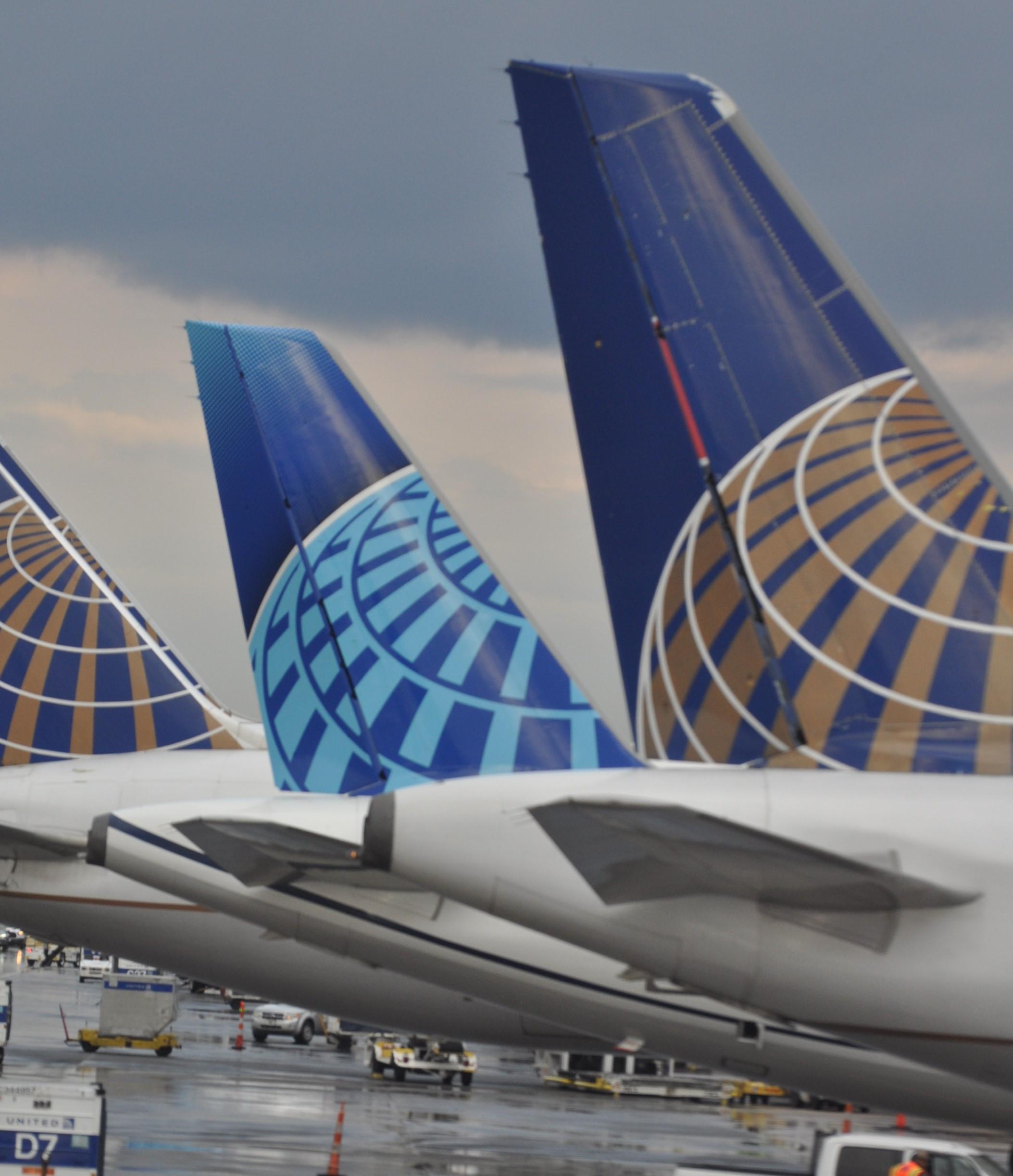
United Airlines announced a new $5 billion loan secured by its MileagePlus loyalty program, part of an effort to raise enough cash to survive even the most bearish recovery scenarios.
The transaction allows Chicago-based United to monetize some of the value of its popular loyalty program without ceding control over it to lenders, potentially offering a template for other airlines with similar programs to follow.
With more than 100 million members, the MileagePlus program in 2019 generated $5.3 billion in cash flows from miles sold and credit card activity, equal to roughly 12% of United’s total revenues. The company estimates the loyalty program’s valuation at approximately $21.9 billion, or roughly 12 times the program’s EBITDA last year.
Taken together with a $4.5 billion federal loan that United applied for as part of the CARES Act, the company expects to finish the 2020 third quarter (Q3) with roughly $17 billion in available liquidity, taking the risk of insolvency firmly off the table for the foreseeable future. The U.S. Treasury Department has not yet approved that loan, and the company has until Sept. 30 to decide whether to actually take it. The $4.5 billion term loan would be secured using available slots, gates and routes as collateral.
“This $9.5 billion in additional liquidity will provide even more flexibility as the airline navigates the most disruptive financial crisis in the history of aviation,” the company said in a statement.
U.S. airlines have collectively sourced $83 billion in additional liquidity this year, according to a recent analysis from Cowen & Co. Of that total, roughly half consists of CARES Act grants and loans, with the remainder generated mainly from debt and equity issuances and sale-and-leaseback transactions.
United is burn through roughly $40 million per day during the second quarter (Q2), a rate it expects to drop to $30 million in Q3, owing to further cost cuts and improved demand. Revenues in the quarter ended June 30 are expected to be down 88% from last year, in line with the 90% revenue declines forecast last week by American Airlines and Delta Air Lines.
United noted in a June 15 securities filing that domestic travel demand continues to improve. June ticketed passenger revenues are expected to be up 400% in June from April, while July passenger revenues are predicted to jump between 50% and 100% from June. As such, the carrier plans to operate 30% of its domestic schedule in July, double the 15% it flew in June, but still considerably less than American Airlines (55%) and Delta Air Lines (38%). International capacity, with demand lagging behind domestic, will also double in July but from a lower baseline, growing to 20% of last year’s levels from 10% in June.
Cargo revenues continue to be a bright spot for United and are expected to rise 30% in Q2 from a year earlier.
Passenger throughput data tracked by TSA continues to climb, with just over 544,000 people screened at U.S. airports on June 14, the busiest travel day since March 21, but still down 79% from the 2.64 people who traveled on the same day in 2019.





